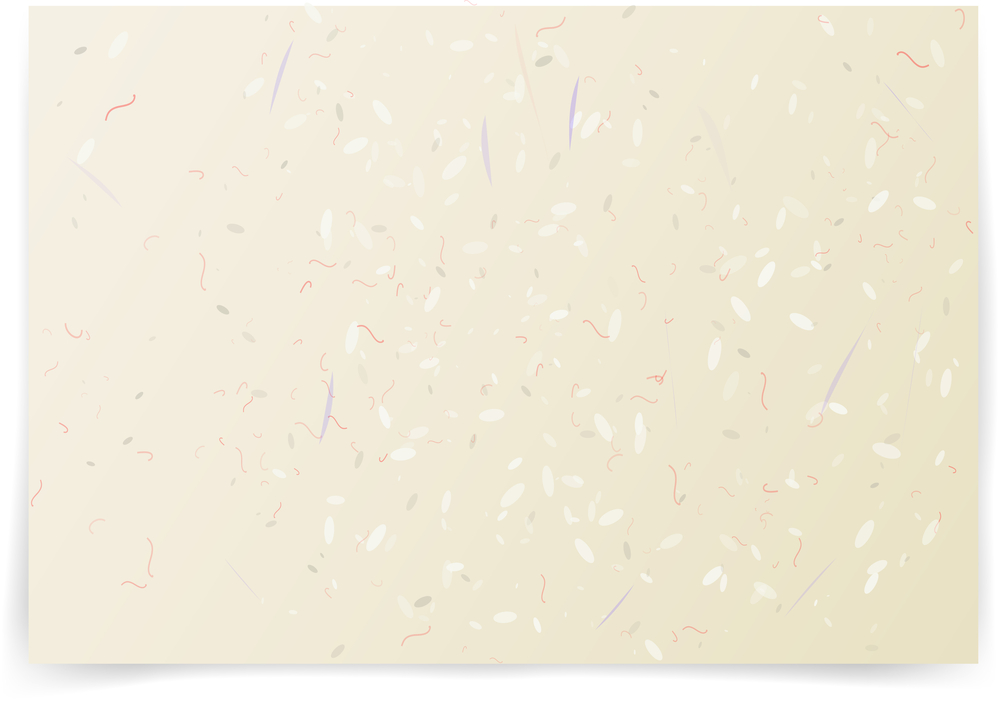It might interest you to know that rice paper has been growing as an alternative to paper made from wood pulp, as well as an alternative to plastic and cardboard for packaging.
However, you might be wondering; is rice paper biodegradable and good for the environment, or is rice paper popularity another case of greenwashing?
Many haven’t heard about the type of rice paper used in packaging, and therefore aren’t sure if it’s actually a sustainable alternative or just a fancy way of marking up products as eco-friendly when they are not.
Is Rice Paper Biodegradable?
Rice paper in and of itself is biodegradable.
This means, if left in a landfill or disposed of with compost, it will break down over time and enrich soil or dirt, as opposed to polluting it.
This is one of the main reasons efforts to use rice paper as an alternative to plastic and paper is so popular right now.
Is Rice Paper Recyclable?
Rice paper can be recycled, so long as its production does not have it being mixed with non-recyclable material.
This is a potential risk that could come about for rice paper as it is growing in popularity.
With rice paper becoming a well-known alternative, there is always the potential that companies will exploit its usefulness, but cut costs by mixing it with other materials that aren’t as sustainable or eco-friendly.
What Can Rice Paper Be Used For?
There is a type of rice paper that is actually edible. Edible rice paper is a thin, malleable food that is made of rice, typically formed into a wrap, that is used to make spring rolls, summer rolls, and other foods.
This rice paper is not the same type of rice paper that is used for packaging.
While it may seem like rice paper would be delicate, it can actually produce a very strong paper that will hold up against tension and moisture.
It can also help keep oxygen out of products, which can often have products spoiling before they can hit the shelves.
How Is Rice Paper Produced?
Rice paper is actually made from a rice paper plant, and not from grains of rice itself. It can also be produced by using rice straw pulp.
Sometimes, the plant is mixed with other natural materials, including bamboo or hemp.
With the rice paper plant, and other materials sometimes used in the production of rice paper like hemp, being plants, they are a renewable resource.
Therefore, producing rice paper is a much more sustainable practice than its common counterparts.
Is The Manufacturing Of Rice Paper Bad For The Environment?
The process of making rice paper is quite simple. The fibers of the rice plant are soaked and thoroughly cleaned, and the bark and pith goes through the same process.
Then, the pulp is stretched and pressed, and subsequently rolled between screens. It can then be cut to specifications and used as paper, packaging, or a number of other things.
In China, rice paper is also sometimes still made by hand. It is quite the process to do it this way, but it is a craft that the Chinese have perfected over centuries.
Neither process seems to have any known impacts on the environment, other than its use of water.
Is It Safe To Assume That All Rice Paper Is Biodegradable?
It is possible that not all rice paper packaging is biodegradable, recyclable, or even environmentally friendly.
This makes it a good idea to read the label to see if there are any instructions for proper disposal, or if it advises of other materials used in the packaging.
You might also be able to tell by just examining it.
Some companies will use rice paper but line it with cheap plastics or chemicals, thus making it much more harmful for the environment than it could be without the additives.
Why Are Alternatives To Packaging, Like Rice Paper, Important?
Many of the inexpensive plastics and chemically treated paper products used in packaging cannot be recycled, will not decompose, and are not biodegradable.
Much of this packaging is also single use, which means the waste adds up fast.
Producing a lot of this material also harms the environment and could pose potential hazards if not manufactured safely.
Furthermore, many of the chemicals in this packaging are toxic.
Therefore, finding alternatives that can be recycled, reused, or are biodegradable, and use safe and ethical practices for production, are a necessity to try and reverse some of the damage that has already been done to the planet.
It’s a relief to know that rice paper, from the harvesting of the plant to the disposal of rice paper packaging, does not do anything to damage, harm, or pollute the environment.
If safe and responsible practices stay in place for manufacturing rice paper, it should remain a promising alternative to plastics and other harmful products.



